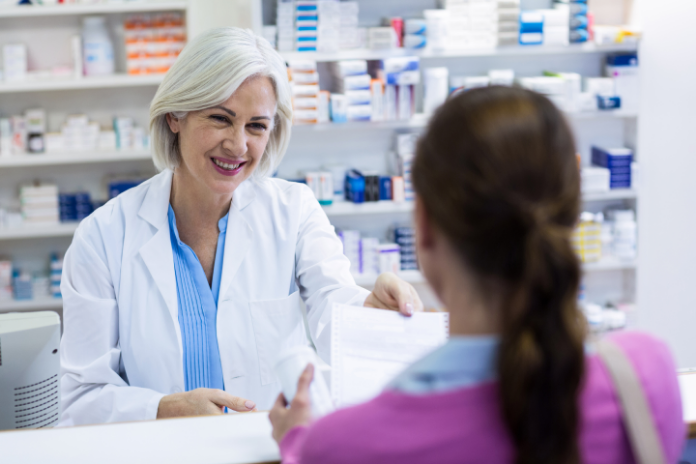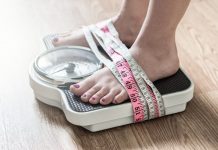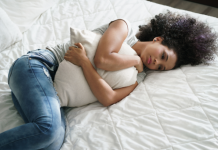Acne in teenagers is common as it is the age of puberty. It can be reduced and cured by acne prescription medicines. However, it can often lead to low self-esteem, depression, and anxiety. There are a variety of treatments that a teenager can try to help ease the symptoms and prevent future breakouts of acne. Consult the doctor for effective treatment for acne that reduces both the number of pimples and the chance of scarring.
Teenage acne
The skin has several tiny holes called pores which are blocked by oil, bacteria, dead skin cells, and dirt. When this occurs, pimples may develop and if the skin is repeatedly affected by this condition then it is called acne.
Acne occurs when the pores of the skin are blocked with oil, dead skin, or bacteria and each pore of the skin opens up to a follicle. The follicle is made up of hair and an oil (sebaceous) gland. The oil gland releases oil (sebum) which travels up the hair, out of the pore, and onto the skin. The sebum keeps the skin lubricated and soft. One or more problems in this process of lubrication can cause acne. It can occur when –
- Too much oil is produced by the follicles
- Dead skin cells accumulate in the pores
- Bacteria build up in the pores
These problems contribute to the development of pimples. A pimple occurs when there is bacterial growth in a clogged pore and the oil is unable to escape.
9 most popular acne prescription medicines
Topical medications
Retinoids and retinoid-like drugs
These are available as creams, gels, and lotions. Examples include tretinoin (Avita, Retin-A), adapalene (Differin), and tazarotene (Tazorac, avage). Apply these medications in the evening, beginning with three times a week, then daily as the skin becomes used to it. It prevents the plugging of hair follicles. Don’t apply tretinoin at the same time with benzoyl peroxide. Topical retinoids increase the skin’s sun sensitivity. These can also cause dry skin and redness, especially in teens with skin of color. Adapalene may be tolerated best.
Antibiotics
These work by killing excess skin bacteria and reducing redness and inflammation. For the first few months of treatment, use both a retinoid and an antibiotic with the antibiotic applied in the morning and the retinoid in the evening. The antibiotics are often combined with benzoyl peroxide which reducing the likelihood of developing antibiotic resistance. Examples like clindamycin with benzoyl peroxide (benzaclin, duac) and erythromycin with benzoyl peroxide (benzamycin). Topical antibiotics alone aren’t recommended.
Azelaic acid and salicylic acid
It is a naturally occurring acid produced by yeast. It has antibacterial properties. A 20% azelaic acid cream or gel can be effective as many conventional acne treatments when used twice a day. Prescription azelaic acid (azelex, finacea) is an option for acne during pregnancy and while breastfeeding. It can also be used to treat discoloration that occurs with some types of acne. Side effects like skin redness and minor skin irritation. Salicylic acid may help prevent plugged hair follicles which are available as both wash-off and leave-on products. Studies showing its effectiveness are limited. Side effects like skin discoloration and minor skin irritation.
Dapsone
Also called aczone, 5% gel twice daily is recommended for inflammatory acne, especially in girls with acne. Side effects include redness and dryness.
Oral medications
Antibiotics
For moderate to severe acne, oral antibiotics are needed to reduce bacteria. Usually, the first choice for treating acne is a tetracycline (minocycline, doxycycline) or a macrolide (erythromycin, azithromycin). A macrolide might be an option for teens who can’t take tetracyclines. Oral antibiotics should be used for the shortest time possible to prevent antibiotic resistance. And should be combined with other drugs such as benzoyl peroxide to reduce the risk of developing antibiotic resistance. Severe side effects from the use of antibiotics to treat acne are not common. These drugs do increase the skin’s sun sensitivity.
Combined oral contraceptives
Four combined oral contraceptives are approved by the FDA for acne therapy in girls. These are products that combine progestin and estrogen (ortho tri-cyclen 21, Yaz). Might not see the benefit of this treatment for a few months, so using other acne medications with it for the first few weeks may help. Common side effects of combined oral contraceptives like weight gain, breast tenderness, and nausea. These drugs are also associated with an increased risk of cardiovascular problems, breast cancer, and cervical cancer.
Anti-androgen agents
The drug spironolactone (Aldactone) may be considered for girls if oral antibiotics aren’t helpful. It acts by blocking the effect of androgen hormones on the oil-producing glands. Possible side effects include breast tenderness and painful periods.
Isotretinoin
Amnesteem, Claravis is a derivative of vitamin a. It may be prescribed for teens with moderate or severe acne who haven’t responded to other treatments. Side effects include inflammatory bowel disease, depression, and severe birth defects.
Steroid injections
Nodular and cystic lesions can be managed by injecting a steroid drug. This therapy has rapid improvement and decreased pain with side effects like skin thinning and discoloration in the treated area.
When to see a doctor?
If there are symptoms of acne then consult the doctor who can make a diagnosis by examining the skin. The doctor will identify the types of lesions and the severity to determine the best treatment.
Conclusion
Acne is the most common skin condition and isn’t a life-threatening condition. However, it can be painful particularly when it’s severe. But no need to worry as it is common and can be prevented with acne prescription medicines. If one has a lot of acne then consult the doctor for treatment.
References –
- acne treatment for teens: medications and home remedies (medicalnewstoday.com)
- acne treatments for teens: types, benefits, side effects & more (healthline.com)













